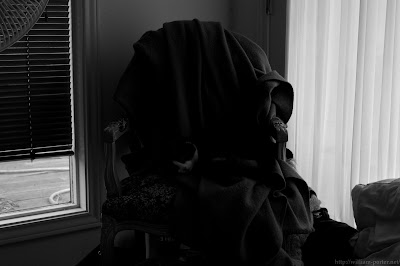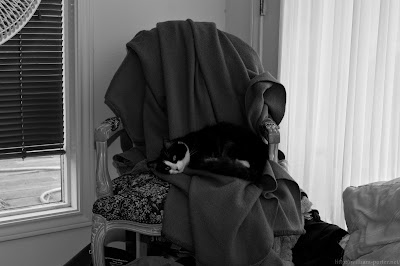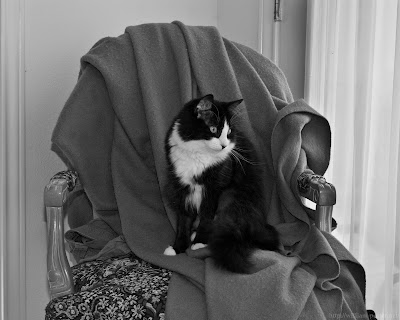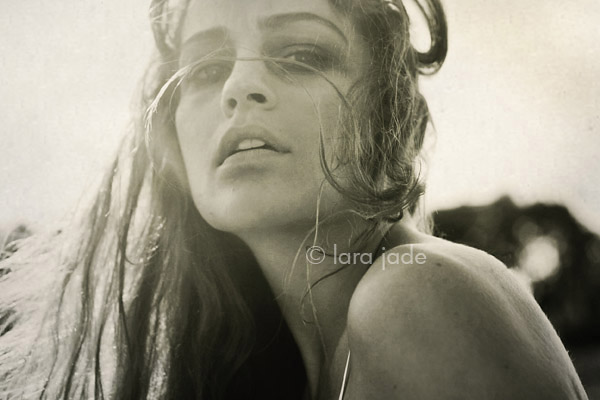 Originally posted by dehanson1
Originally posted by dehanson1 
How do you take a photo to get proper exposure of a scene where there is a dark foreground and a lit up bacground so that the foreground is properly exposed and the background not blown out?
There are a couple of ways to approach this common problem. And the precise solution to the problem depends on the precise problem, that is, it depends on a number of different variables, including
- the exposure value difference between the bright background and the shadowy foreground;
- your distance from the subject in the foreground;
- whether you are going to bounce your flash;
- whether you're indoors or outdoors and the amount of ambient light;
- required depth of field...
...among other things. I will add that different photographers use their camera and flash in different ways.
Neil von Niekerk's approach
One of the very well known online experts on the subject of hot-shoe flash photography is Neil von Niekerk.
His "Tangents" web site (formerly known as Planet Neil) is a great resource. He's also written a
very useful book on flash photography. Anyway, here is how I think von Niekerk would advise you to proceed.
- Turn the flash unit off for the moment.
- Put your camera into full-manual (M) mode.
- Calculate a correct exposure for the background. There are different ways to do this, but one easy way is to put the exposure mode into spot exposure (rather than center-weighted or matrix), point the center of the view finder at the background, and adjust your settings until you get a balanced "correct" exposure for that spot. On some cameras, you can simply hit the green button next to the shutter to get a correct exposure correctly.
- Recompose, focus, and take a photo. In this photo, don't worry that the foreground is too dark. What you want to see here is that you've got the background properly exposed.
- Check out the camera settings at this point. If the shutter speed is faster than 1/180th sec (the max flash sync speed), adjust shutter and aperture in complementary ways so you maintain the same exposure, but get the shutter down to 1/180th sec.
- NOW you turn the flash unit back on. Set its flash mode to P-TTL.
- Point the camera at the subject, focus, and shoot.
- With any luck, you'll have the result you want. The background ought to be correctly exposed, but you might want to adjust the exposure of the foreground subject. You do so by dialing in an appropriate amount of flash exposure compensation, on the flash unit itself. For example, if the subject is a little too bright (overexposed), you might dial in -0.5 or -1.0 EV flash compensation. On the other hand, if the subject is still too dark (underexposed), dial in +0.5 or +1.0 EV flash compensation.
Niekerk's method is, I think, the easiest one to understand and use of those I'm familiar with. The basic idea is, you control the camera exposure manually, then you let the TTL exposure system (in which the flash unit and the camera cooperate with one another) take care of the details. It generally works pretty well.
An example
Here's a simple example. My daughter's kitten is sitting in a chair in a bedroom. I want to photograph the kitty, but I don't want the windows to be completely blown out (way overexposed). So first, I calculate a correct exposure for the windows, especially the one on the right, with the curtain.

Yeah, I know. You can't even see the cat in there. That's okay. Look at the curtains on the right, or through the blinds on the left out to the deck. Those areas are correctly exposed. I'm in M mode on the camera. Settings are 1/180th sec, f/6.7 and ISO 800.
NOW I turn on the flash, in P-TTL mode. I bounced the flash off a white wall behind me and to the right, in an effort to match the direction of the flash with the light from the window on the right. The first shot that I took was not too bad:

This photo has not been improved in post-processing, but it could be quite easily. It would be easy in Lightroom to use the adjustment brush to lighten up the chair and the kitten a little, and the result would be a satisfactory shot.
However, I decided that I wanted to make the cat a little brighter still. In retrospect, I wish I had left the shutter speed at 1/180th sec and opened up the aperture instead; but what I did was the opposite—I left the aperture at f/6.7 and slowed the shutter down to to 1/90th sec. Here's the result:

This shot has obviously been given a little post-processing and has been cropped.
Final thoughts
Sounds like a lot of trouble, but it's really not, once you get the hang of it. A couple of minutes passed between the first shot and the last one, but that's because I was waiting for the cat to strike a better pose. If I were shooting an event, this could all be done in a matter of a few seconds. And if I was in a hurry, I would not bother actually to take the first shot.
As I said earlier, there are other ways to skin this cat. Woops, don't tell my daughter I said that. I meant, there are other ways to take this photo.
Will


 Similar Threads
Similar Threads 


























